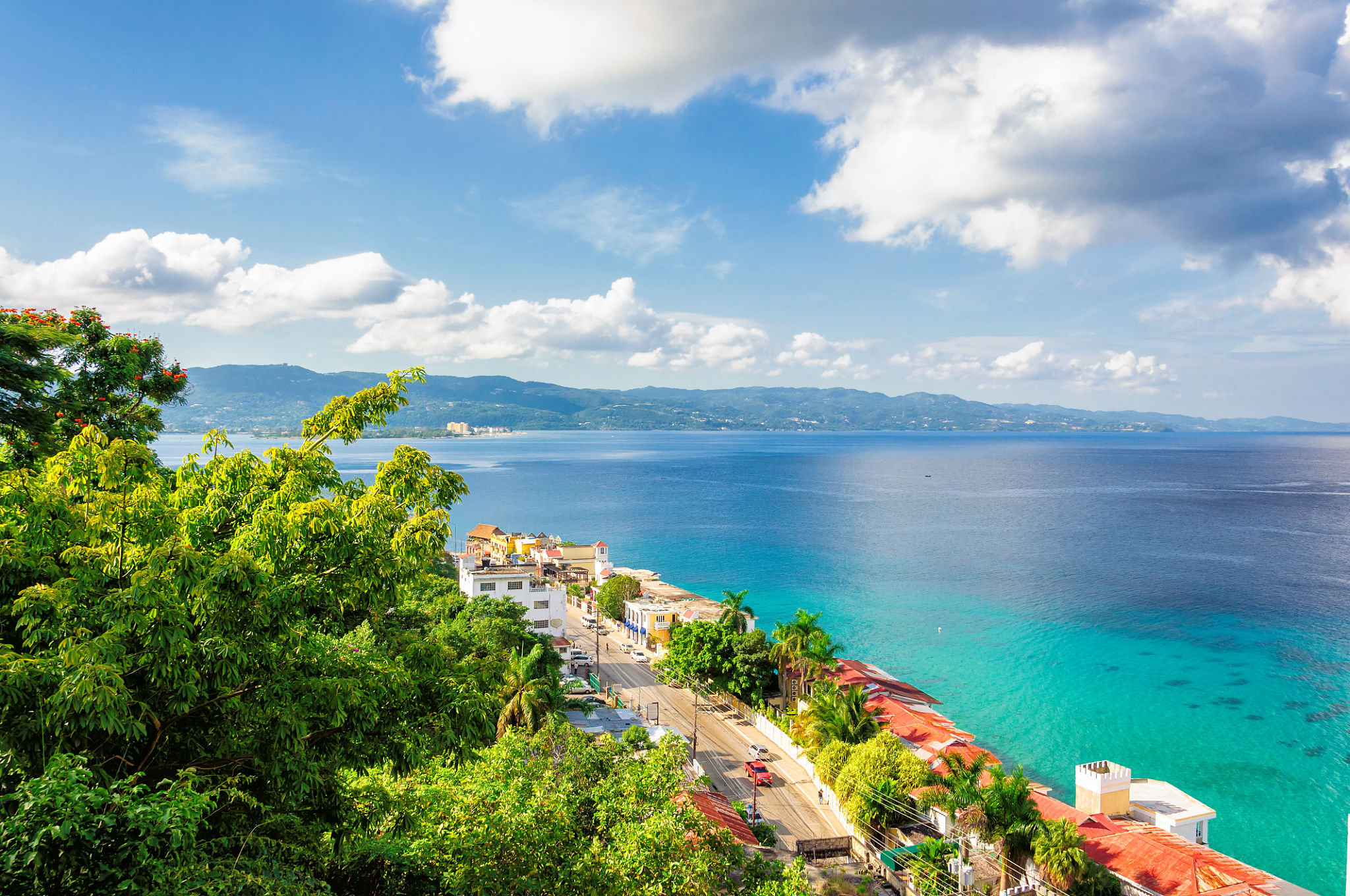Frequently Asked Questions About Traveling to Jamaica
Getting to Jamaica
One of the most frequently asked questions about traveling to Jamaica is how to get there. Jamaica is easily accessible by air, with two major international airports: Norman Manley International Airport in Kingston and Sangster International Airport in Montego Bay. Most major airlines offer direct flights to Jamaica from North America and Europe, making travel convenient.
For those who prefer cruising, several cruise lines include Jamaican ports like Ocho Rios and Falmouth in their itineraries. This is a fantastic way to enjoy the island's coastal beauty before exploring further inland.
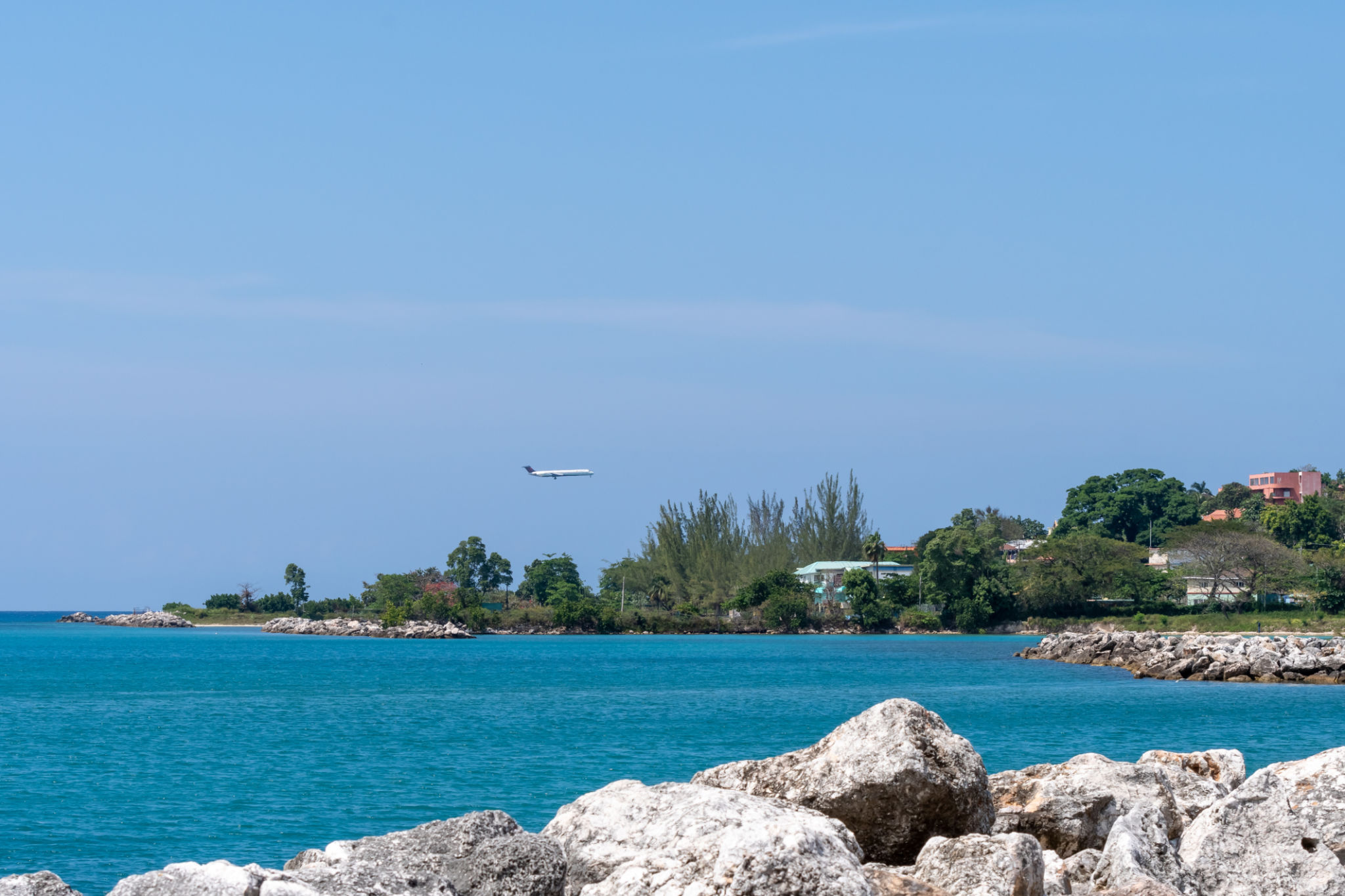
Entry Requirements
Before traveling, it's crucial to know the entry requirements for Jamaica. Most visitors will need a valid passport, and depending on your nationality, you may also require a visa. Citizens from the United States, Canada, the UK, and many European countries can enter Jamaica without a visa for stays up to 90 days. However, always check the latest information with your local Jamaican embassy or consulate before traveling.
Additionally, travelers should ensure they meet any health requirements, such as vaccinations. Currently, there are no mandatory vaccinations for entry, but it’s wise to stay updated on any changes, especially considering global health situations.
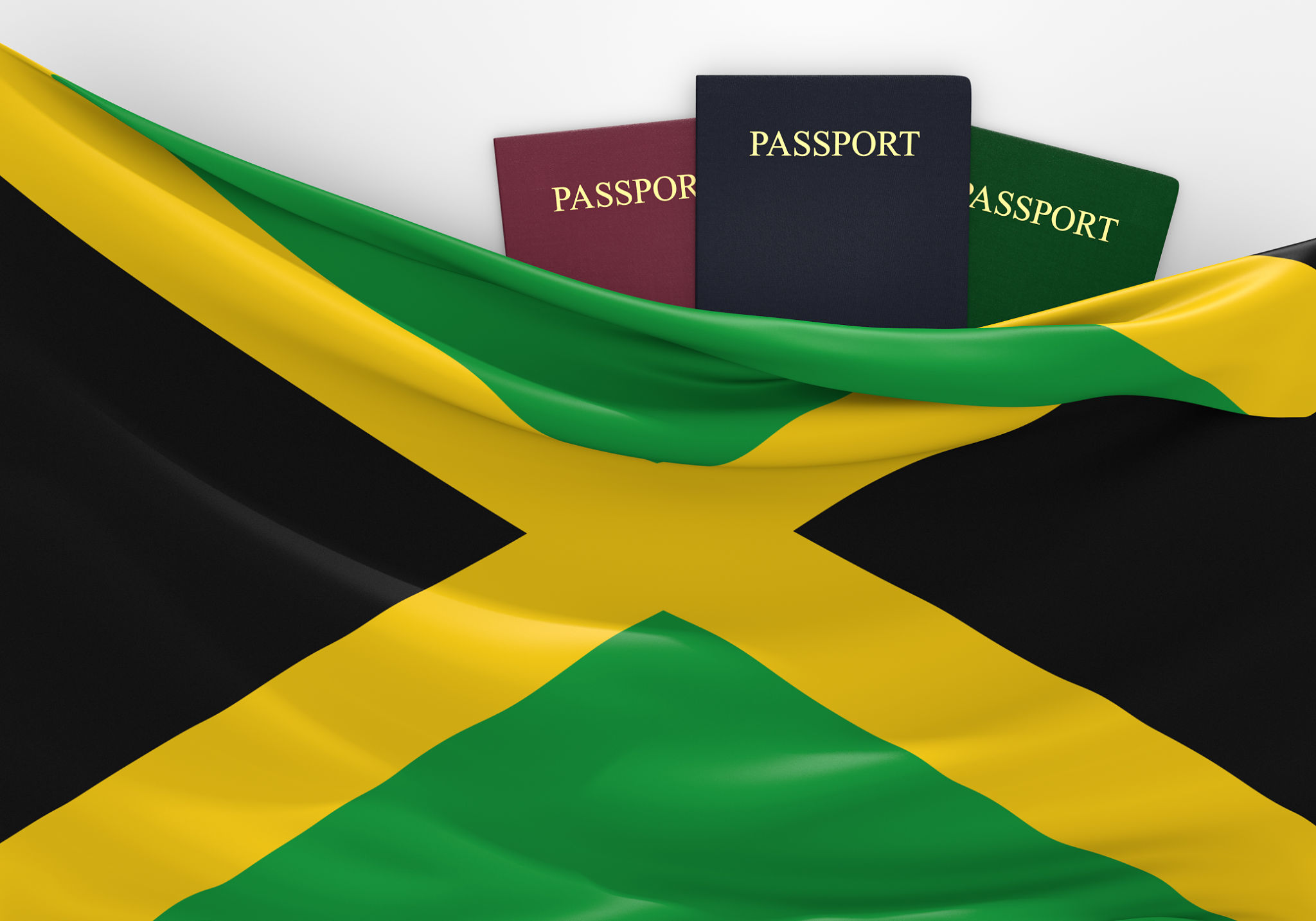
Best Time to Visit
Another common question is when to visit Jamaica. The best time to enjoy the island’s sunny beaches is from November to mid-December when the weather is pleasant and tourist crowds are smaller. The peak season runs from mid-December through April, offering ideal weather but also higher prices and more tourists.
For those seeking budget-friendly travel, consider visiting during the off-season from May to October. Although this period coincides with the hurricane season, it often offers great deals on accommodations and flights.
Getting Around
Once in Jamaica, getting around is fairly straightforward. Tourists often ask about transportation options. Renting a car is a popular choice for those wanting to explore at their own pace. However, driving is on the left side of the road, which might take some adjustment for visitors from right-side driving countries.
Alternatively, taxis and buses are widely available and an affordable way to travel between cities and attractions. For a more immersive experience, consider using route taxis shared with locals, offering a taste of authentic Jamaican life.
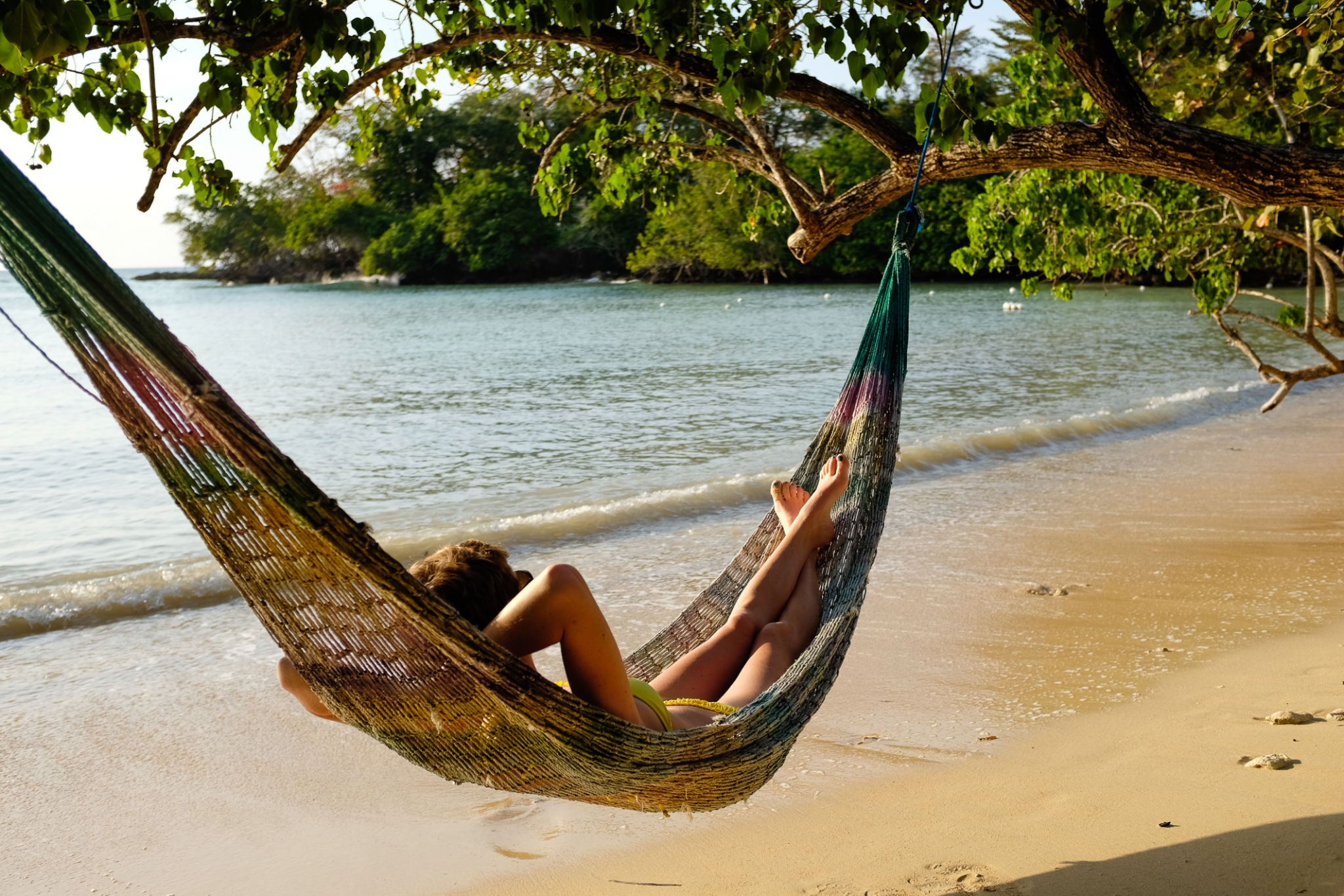
Currency and Payment
Understanding currency and payment methods is crucial for any traveler. The Jamaican dollar (JMD) is the official currency, but US dollars are widely accepted across tourist areas. Credit cards are also commonly used, but it's advisable to carry some cash for small purchases or in rural areas where card facilities might be limited.
Currency exchange services are available at airports, banks, and hotels. Always check the exchange rate before converting your money to get the best value.
Safety Tips
Safety is often a concern for travelers. Jamaica is generally safe for tourists, but like any other destination, it’s important to exercise caution. Stick to well-known tourist areas, avoid secluded places after dark, and be mindful of your belongings in crowded areas.
Consider registering with your country's embassy upon arrival and keeping emergency contact numbers handy. This ensures a smoother experience and offers peace of mind while exploring this beautiful island.
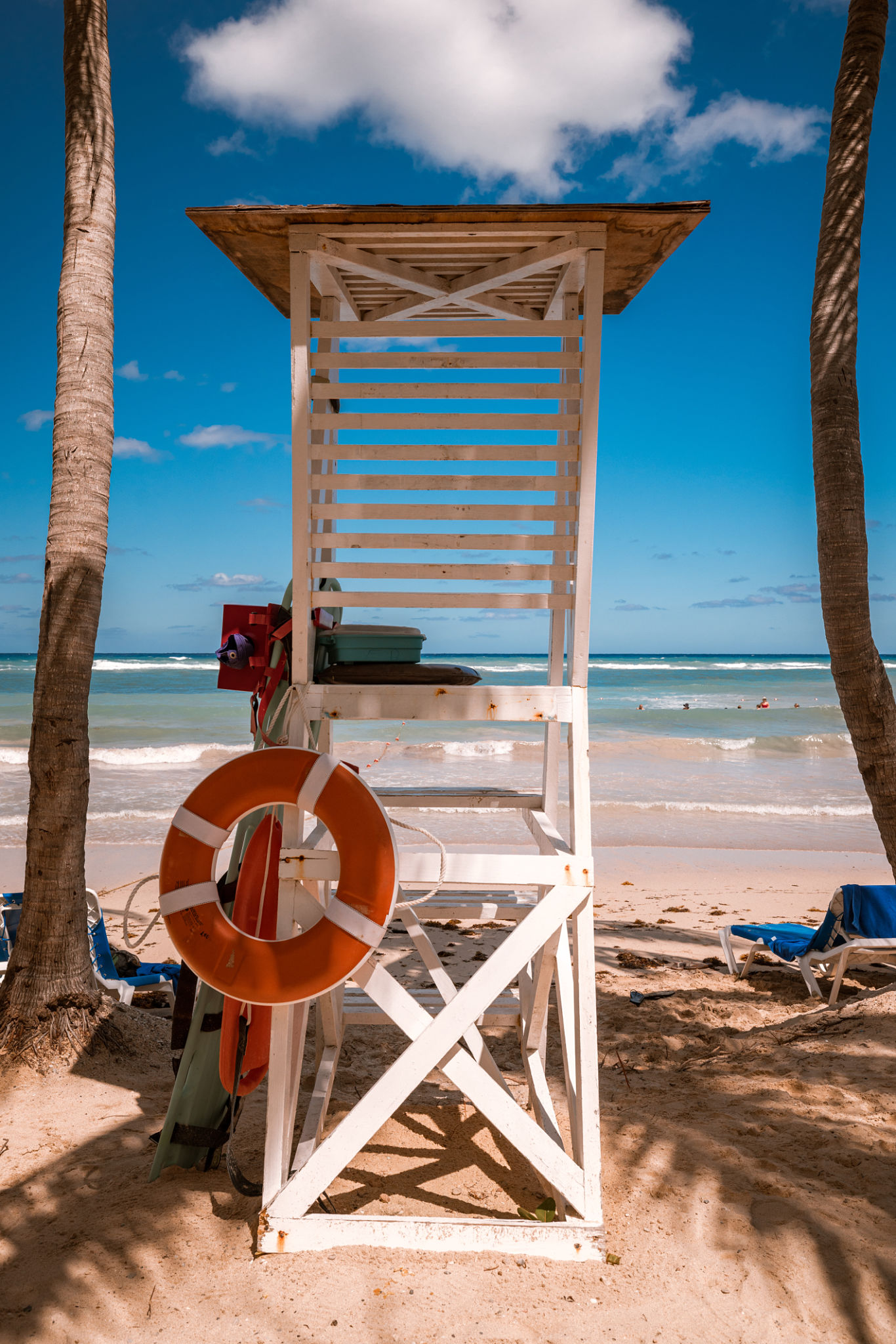
Cultural Etiquette
Understanding local customs and etiquette can enhance your travel experience. Jamaicans are known for their friendly and laid-back nature. A simple greeting with a smile goes a long way. When addressing someone new, titles such as "Mr." or "Ms." followed by their last name show respect.
Visitors should also be mindful of appropriate dress codes. While casual wear is acceptable in most places, beachwear should be reserved for beaches and poolsides only.
